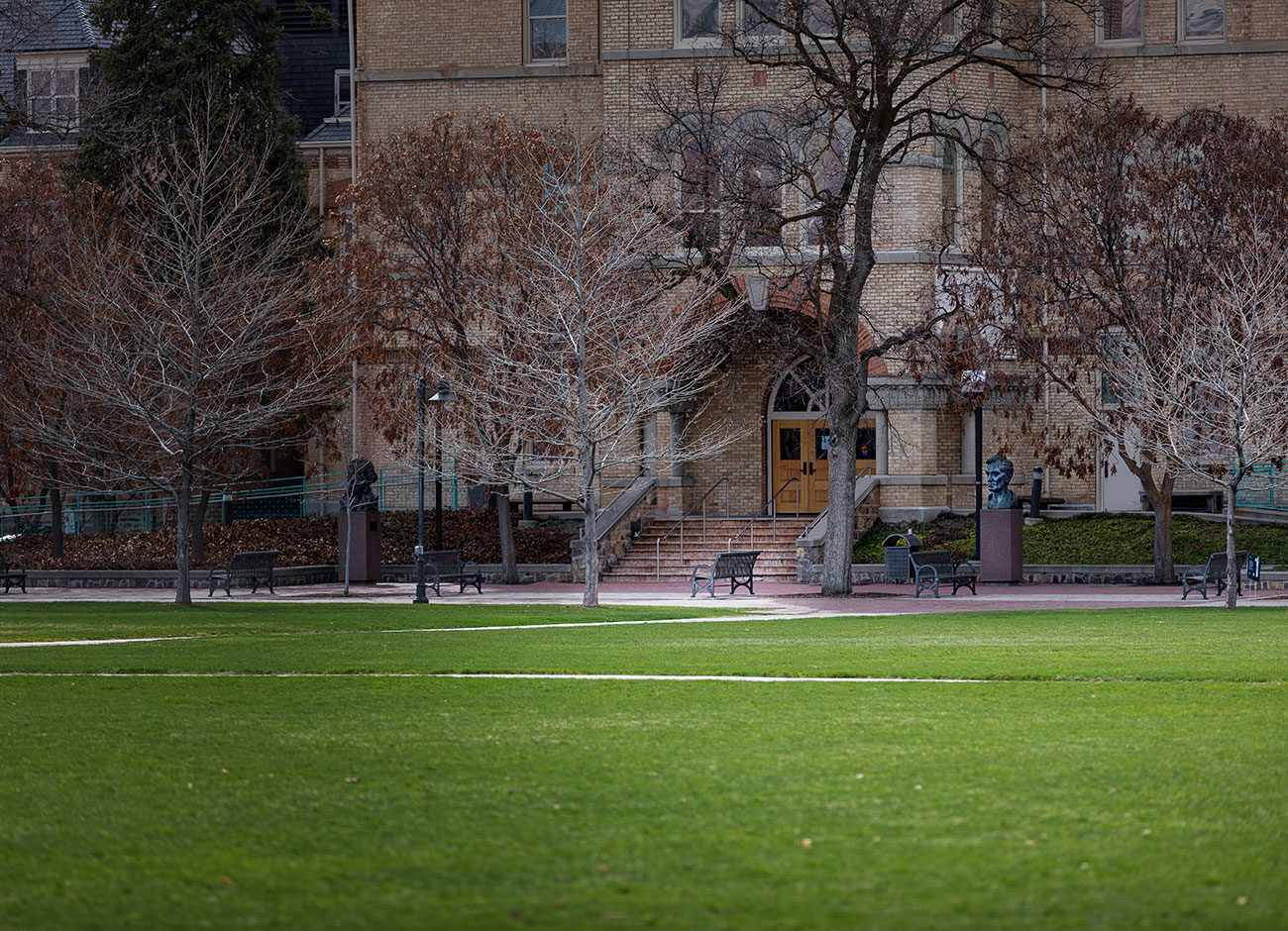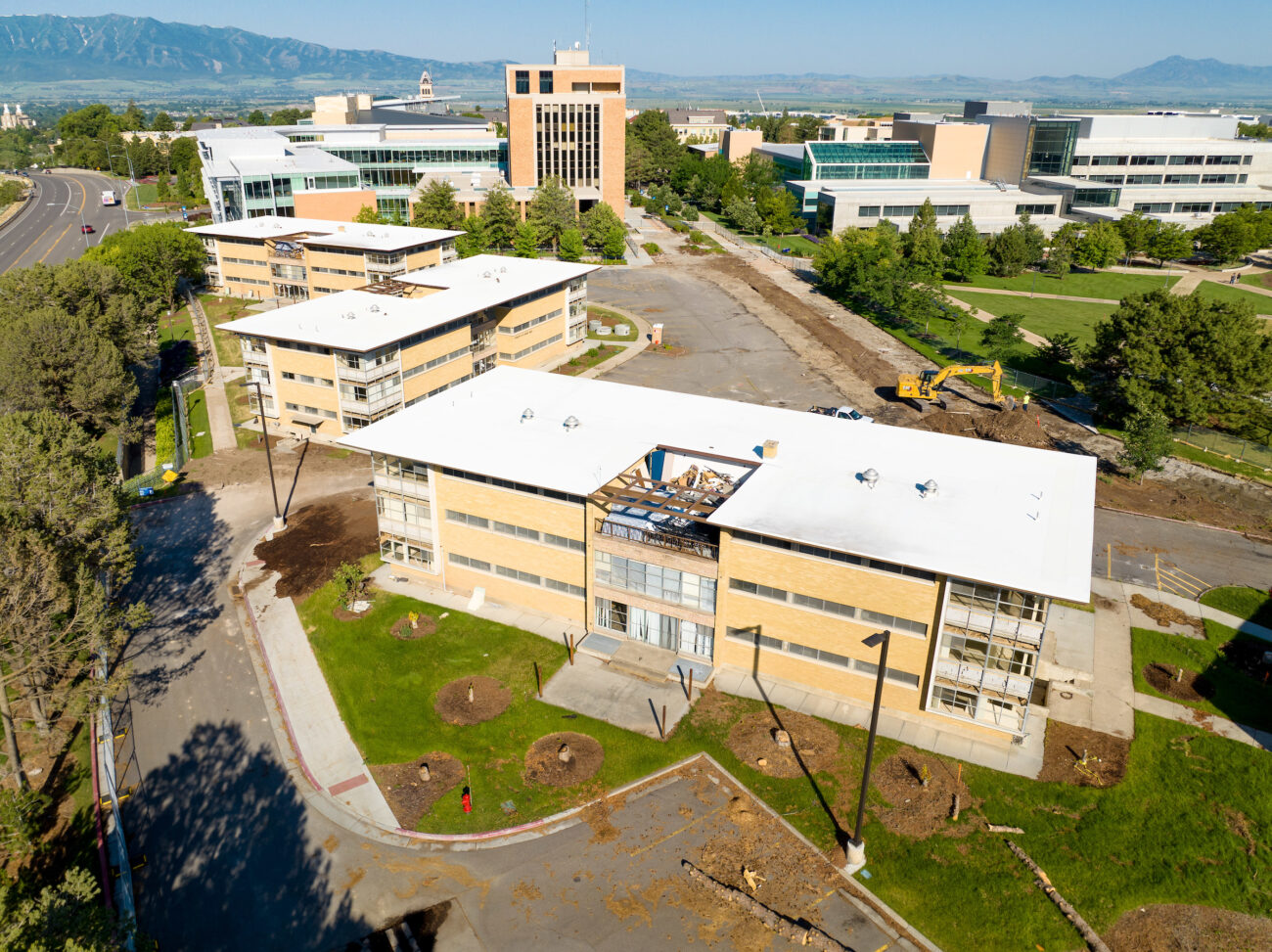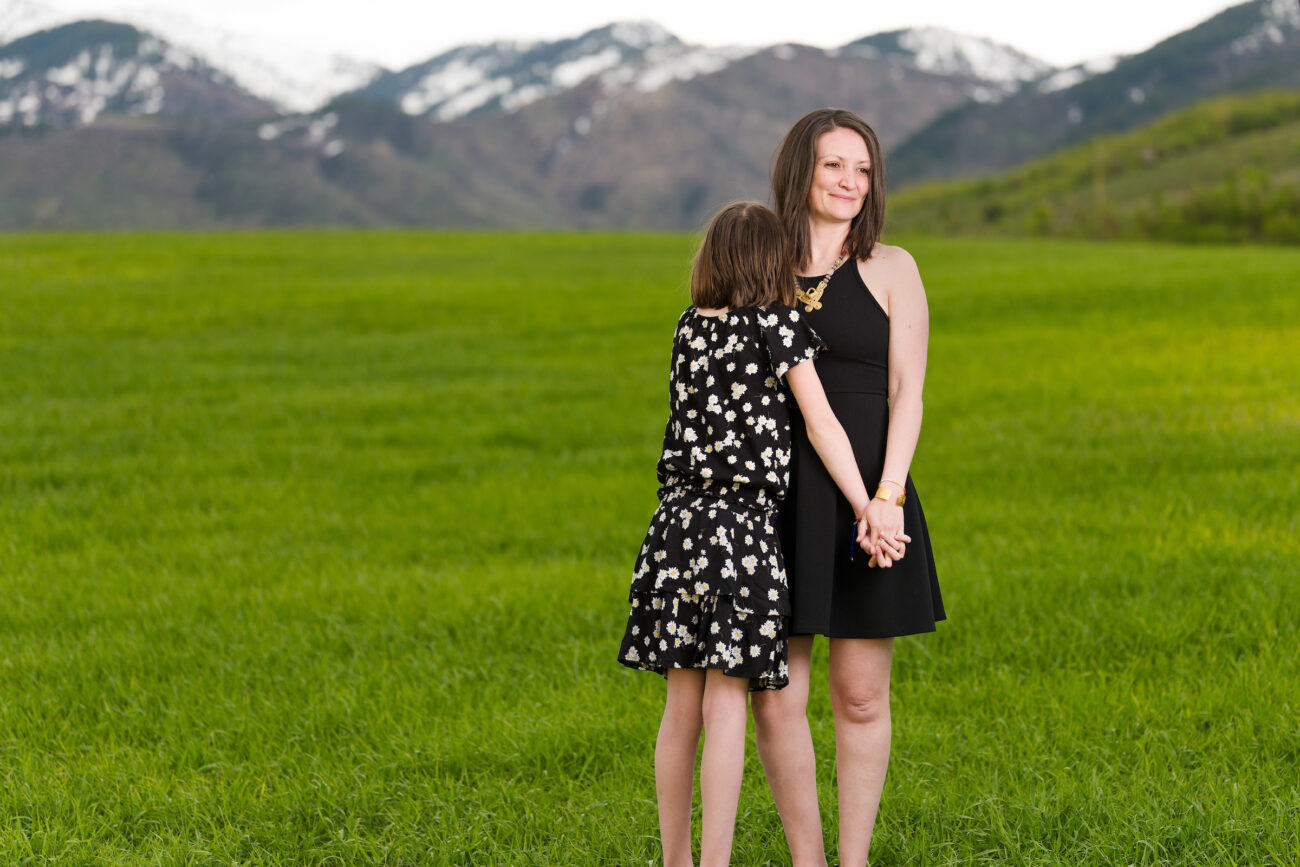Conspicuous Absences and Impossible Solutions

We find ourselves at the intersection of a new reality and desire for normal life—a collision that leaves us reeling and disoriented.
As I read through the first layout of this issue, I began to feel my bearings again. I was reminded, as we continue our celebration of the Year of the Woman, of the sacrifices made by “the fighting sisters of fighting men” of the First World War highlighted on page 56. It was 1918 and the women of Utah, and our university, stepped up during another equally frightening time. Not only were they in the midst of a horrific war, but an unusually deadly influenza pandemic. Today we are fighting again.
It occurs to me that the intersections in which we find ourselves may be new to us, but the conflicts and challenges are much the same from ages past, only the occupants have changed. An ovarian cancer that killed a woman 400 years ago still has no cure (page 52). What does that tell us? We search for the answers, even from those who are gone from us (page 34). We climb the rainforest canopy of Costa Rica for clues to our changing climate that point to another fast approaching global crisis (page 38).
Knowledge and science give us our bearings while making possible the eventual achievement of seemingly impossible solutions.
We humans do not take kindly to being blindsided. We like to control our destinies. Something as simple as being thrown together with new roommates in unfamiliar settings can be highly stressful (page 38). And yet even in that, there are learning experiences to be gained, if we are willing to be open and truly listen (page 26). Education does not always have a clear path. By its nature, it wants us to take roads less traveled that lead to intersections that hopefully point us in new directions and onto better paths (page 15).
The new reality of an empty campus in the middle of a busy semester is as stark as it is disturbing. It rattles perception (page 30). We look about and what we see does not match what we expect—vacant cafes, basketball arenas gone silent, abandoned classrooms. We gain new appreciation for leadership that instills trust, leaders who inform, and even comfort (page 3). But we have been at this intersection before.
Knowledge and science give us our bearings while making possible the eventual achievement of seemingly impossible solutions.





